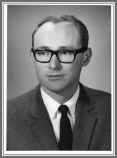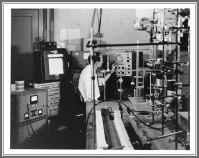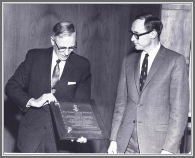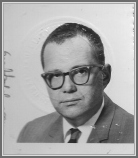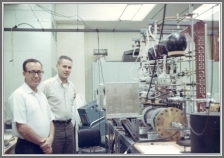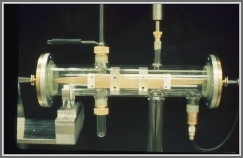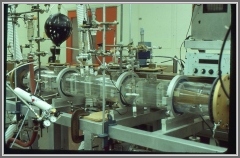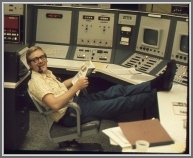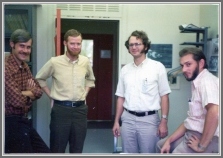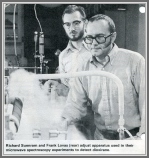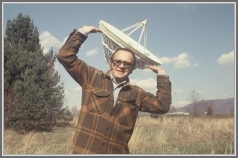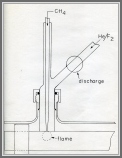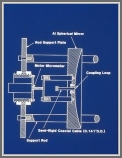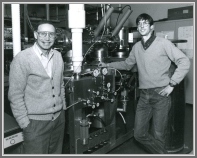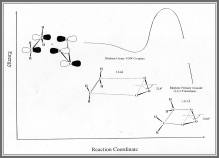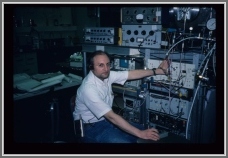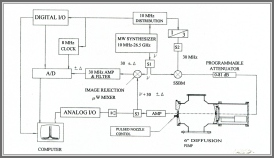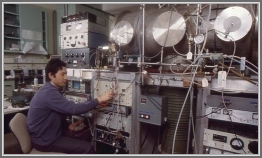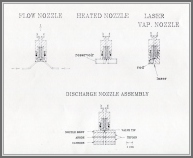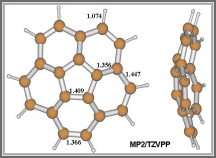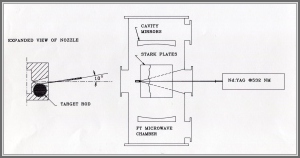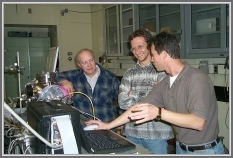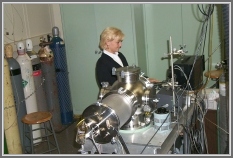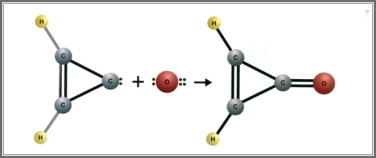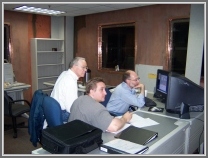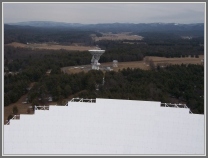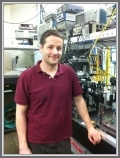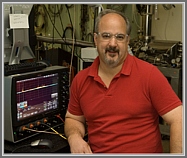Location:
National Bureau of Standards, Washington, USA
National Institute of Standards and Technology. Gaithersburg, USA
Key Scientists:
Frank Lovas, David Lide, Rick Suenram, Don Johnson, Gerald Fraser, Walter Lafferty
Overview:
This influential rotational spectroscopy laboratory operated, unlike
university laboratories, under the rigors of an institution dedicated to
applied science. The origins of the laboratory can be traced back
to 1954, when David Lide was hired by NBS to start research using the
Stark modulation technique. After the formative period the work at NBS
(later rebranded as NIST) became strongly associated with the fields of
atmospheric chemistry and molecular radio astronomy. Some notable results are many publications in the Journal of Physical and Chemical Reference Data
(edited for many years by David Lide) and several open access computer
databases at NIST established by Frank Lovas. Equally notable
results are concerted laboratory and radioastronomy work on new
astrophysical molecules.
The NIST laboratory was also active in the development of the second
generation of the Fourier Transform Microwave (FTMW) spectrometer.
Their design evolved into a patented portable spectrometer optimised for
chemical analysis. As with all other rotational spectrometers this was
still too complex for industrial use, but several copies were produced
for university laboratories. This type of spectrometer was the tool for
many groundbreaking contributions from NIST made in the field of small
van der Waals and hydrogen bonded clusters.
Documents:
 |
History of the NBS/NIST Microwave Laboratory by Lovas, Lide, Suenram, Johnson |
 |
HTML version of the History of the NBS/NIST Microwave Laboratory and additional quick links to its sections: Title page, Introduction, Development of microwave spectroscopy at NBS, Specific Studies from 1954 to the Early 1970s, Applications in Radio Astronomy and Atmospheric Chemistry, Fabry-Perot Cavity Fourier Transform Microwave Spectrometer, References |
 |
US Patent 5831439 describing the "Portable Fourier Transform Microwave Spectrometer with Cryogenic Receiver for Trace Gas Analysis" |
